Classification of rocks
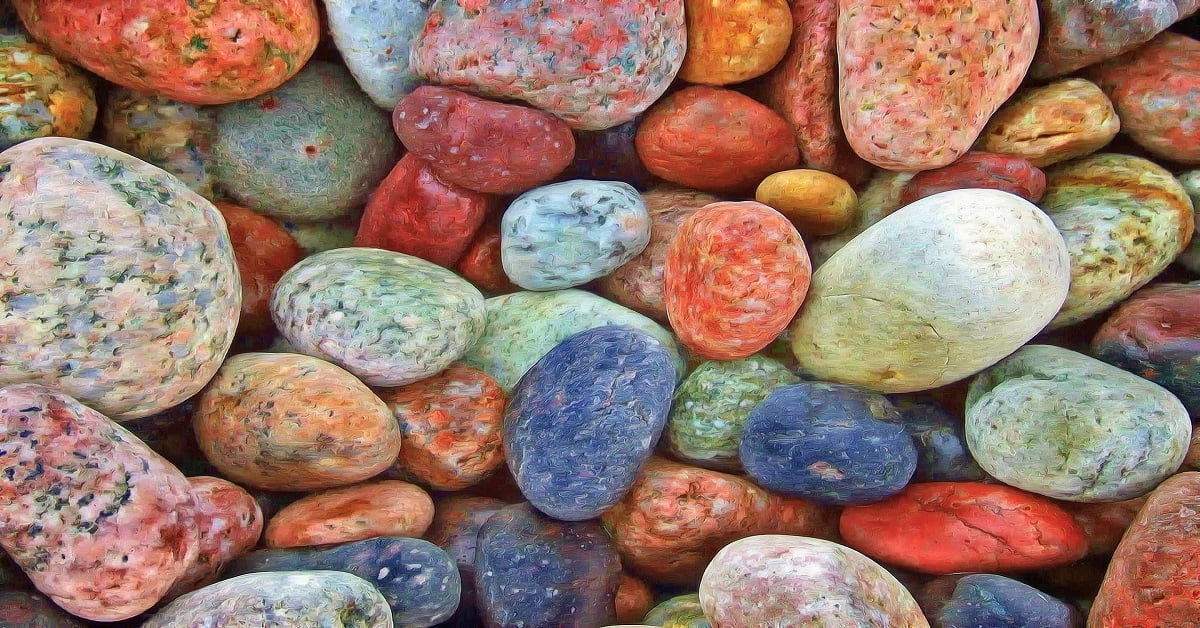
Rocks can be classified based on geological classification, physical properties and chemical composition.
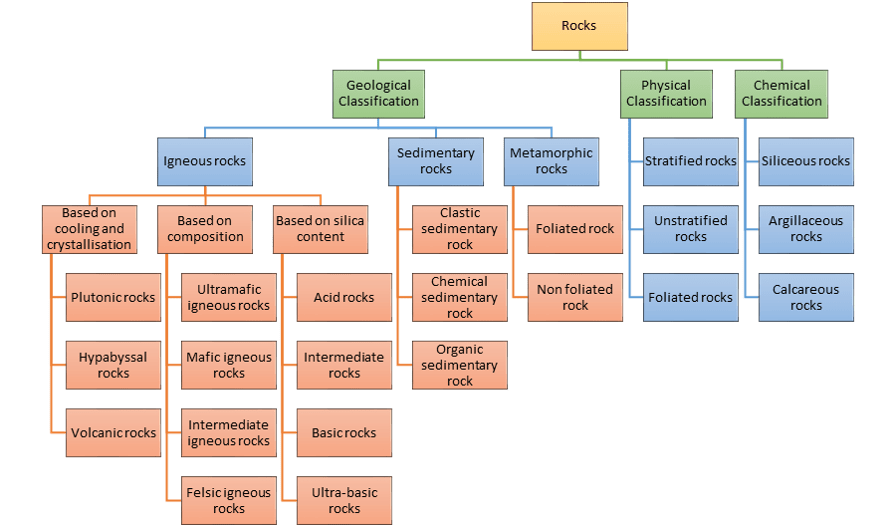
Geological Classification of Rocks
Based on the origin and formation of rocks, they are classified into following types:
Igneous Rocks
- The word ‘Igneous’ is derived from the Latin word ‘Ignis’ which means ‘Fire’.
- Igneous rock are formed as a result of cooling of molten lava followed by the hardening of cooled lava.
- These rocks do not contain any fossils or shells
- Igneous rocks include both harder and softer rocks.
- They are durable, hard, massive and stronger than other stones.
- They are crystalline in nature and do not possess planes of stratification.
- These rocks have the ability to take good polish and hence they are popular for face work.
- Example – Granite, Basalt, Trap, Andesite, Rhyolite, Diorite, Gabbro, pumice, Granodiorite, Dacite.
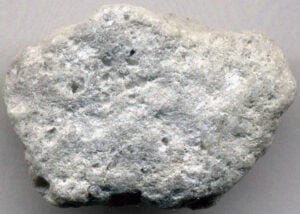


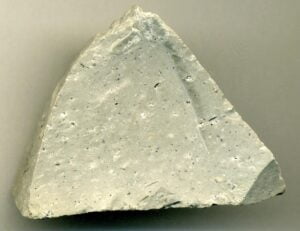
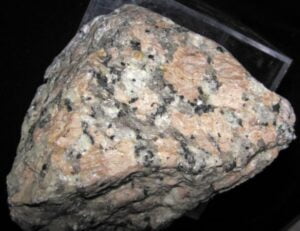

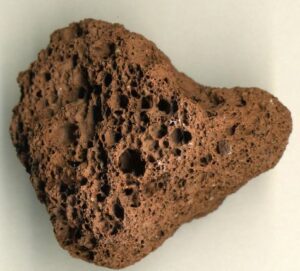

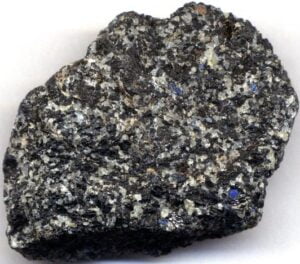
Classification of Igneous rocks
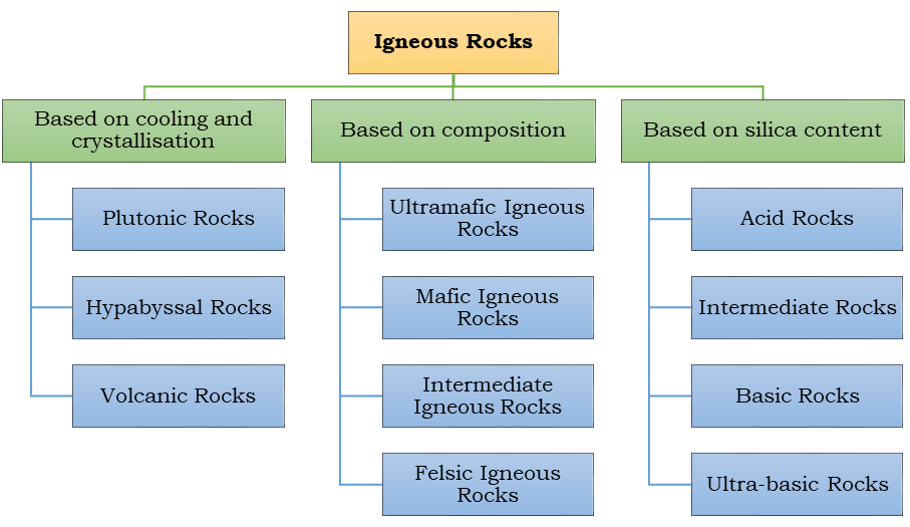
Based on the condition of cooling and crystallization, igneous rocks are classified into plutonic, volcanic and hypabyssal rocks.
Intrusive (or) Plutonic Igneous Rocks
- Rocks formed by the cooling of molten magma within the earth surface are called as intrusive or plutonic rocks.
- These rocks are of crystalline nature.
- The process of cooling of molten magma is slow thus giving time for the crystals to grow larger. Hence, the size of the grains are larger.
- Example – Granite, Syenite, Diorite, Gabbro, Labradorite
Hypabyssal rocks
- If the magma solidifies at a relatively shallow depth (i.e., upto 2 to 3 km below the earth surface), then those rocks are called as hypabyssal rocks.
- These rock possesses a finely grained crystalline structure.
- Example – Dolerite.
Extrusive or Volcanic rocks
- Rocks formed by the cooling of molten magma above the surface of the earth are called extrusive or volcanic rocks.
- Extrusive igneous rocks cool rapidly and so there is less time for the formation of crystals.
- These rocks are non-crystalline, fine grained and possess glassy texture.
- The texture of these rock is highly influenced by the rate of cooling of the magma.
- Example – Trap, Basalt, Obsidian, Prophyrite, Tuff, Pumice
Based on the composition, igneous rocks are classified into ultramafic igneous rocks, mafic igneous rocks, intermediate igneous rocks and felsic igneous rocks.
Ultramafic Igneous Rocks
- These igneous rocks are rich in iron and magnesium.
- It contains lesser proportion of silica.
- Ultramafic rocks does not contain quartz.
Mafic Igneous Rocks
- Mafic igneous rocks contain calcium feldspar.
- These rocks are dark coloured.
- The density of mafic rocks are higher.
Intermediate igneous rocks
- Intermediate igneous rocks consist of iron, magnesium silicates, sodium and aluminium rich minerals, lesser amounts of quartz.
Felsic igneous rocks
- Felsic igneous rocks are rich in potassium feldspar, aluminium rich mica and quartz.
- These rocks are light coloured.
- The density of felsic rocks are lesser
Based on the silica content, igneous rocks are classified into acid rocks, intermediate rocks, basic rocks and ultra-basic rocks.
| Type of igneous rock | Silica content | Example |
|---|---|---|
| Acid rocks | 70 – 80 | Granite, Rhyolite |
| Intermediate rocks | 60 – 70 | Syenite, Andesite |
| Basic rocks | 45 – 60 | Gabbro |
| Ultra-basic rocks | 30 – 45 | Peridotite |
Sedimentary Rocks
- The word ‘sedimentary’ is derived from the Latin word ‘Sedimentum’ which means ‘Settle down’.
- Most sedimentary rocks are formed through the process of erosion (particles carried away from their source by water or wind), deposition (particles deposited as loosely packed sediments), compaction (particles compacted together under pressure) and cementation (particles glued together).
- As a result of weathering action of wind, water and frost on igneous rocks, the existing rock disintegrates. This disintegrated rock pieces are called as sediments. The sediments are carried away by wind and water and gets deposited in other locations. Due to the action of high pressure and heat or by chemical agents, these materials gets consolidated in layers.
- The sedimentary rocks formed are uniform, fine grained, compact and soft.
- In general, sedimentary rocks represent a bedded or stratified structure.
- Most sedimentary rocks are characterized by parallel or conflicting beds. The beds reflect the variations in either the rate of deposition of the material or the nature of the matter that is deposited.
- The properties of the sedimentary rocks varies depending on the nature of the sediment and type of bond.
- Example – Limestone, Dolomite, Sandstone, Mudstone, Shale.
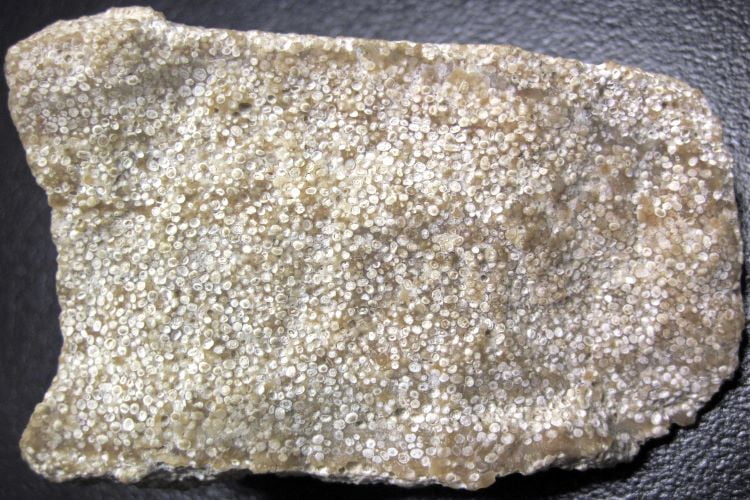
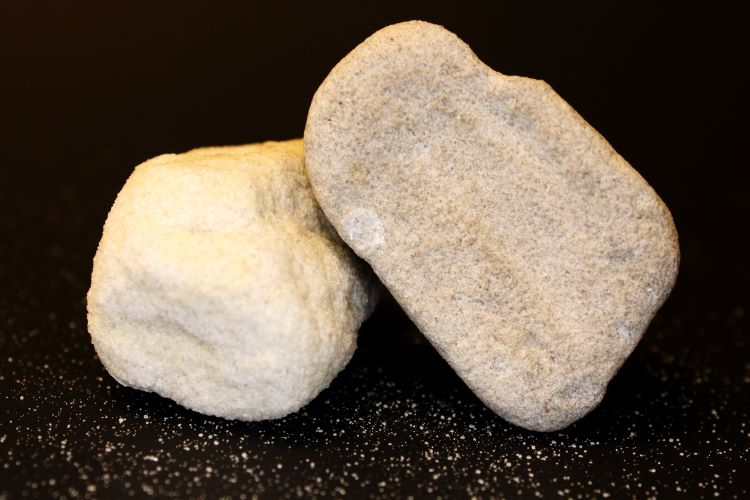









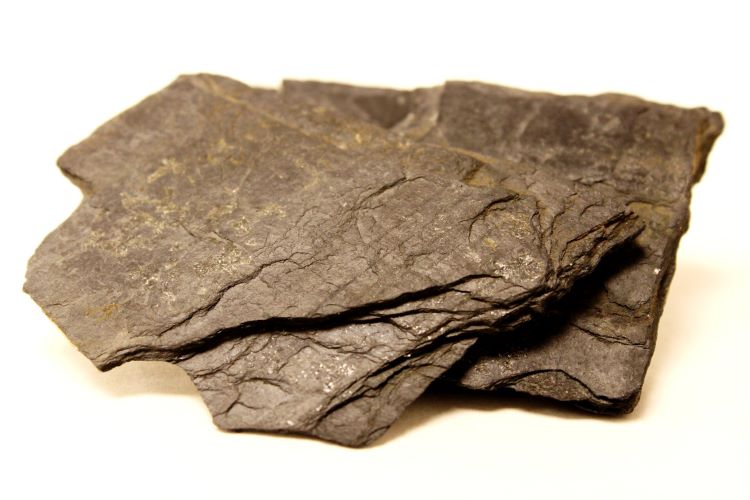
Formation of Sedimentary Rocks
The formation of sedimentary rocks can take place in any of the following ways:
- Chemical Sedimentary rocks – Sedimentary rocks resulting from the precipitation of salts in drying water basin (chemical deposits) are classified as chemical sedimentary rocks. Example – Gypsum, Anhydrite, Magnesite, Dolomite.
- Organic sedimentary rocks – Sedimentary rocks resulting from the accumulation of plant or animal remains (such as corals, shells or bone) are termed as organic sedimentary rocks. Example – Chalk, Diatomite, Tripoli, Coal.
- Clastic sedimentary rocks – The sedimentary rocks resulting from the deterioration of massive igneous rocks are classified as clastic sedimentary rocks. Example – Sandstone, Laterite, Conglomerate, Breccia, Siltstone, Mudstone, Shale.
Metamorphic Rocks
- The igneous and sedimentary rocks after transforming physically and chemically under the action of pressure, temperature, earth movements etc., are classified as metamorphic rocks. This process of formation of metamorphic rocks is termed as metamorphism.
- These changes occur in the rocks when they remain solid (and not in melted state) because each mineral is stable only over a specific range of temperature and pressure. When a mineral gets heated beyond its stability range, it breaks down to form another mineral.
- Metamorphic rocks can be of either foliated or non-foliated nature.
- The most popular metamorphic rock is marble.
- Example – Gneiss, Quartzite, Marble, Slate, Phyllite, Schist.
Examples of few metamorphic rocks along with their parent rock are as follows:
| Original rock | Metamorphic rock | Original rock | Metamorphic rock |
|---|---|---|---|
| Granite | Gneiss | Conglomerate | Gneiss, Schist |
| Syenite | Gneiss | Shale | Slate, Schist |
| Sandstone | Quartzite | Dolomite | Marble |
| Limestone | Marble, Schist | Dolerite, Basalt | Schist |
| Mudstone | Slate |
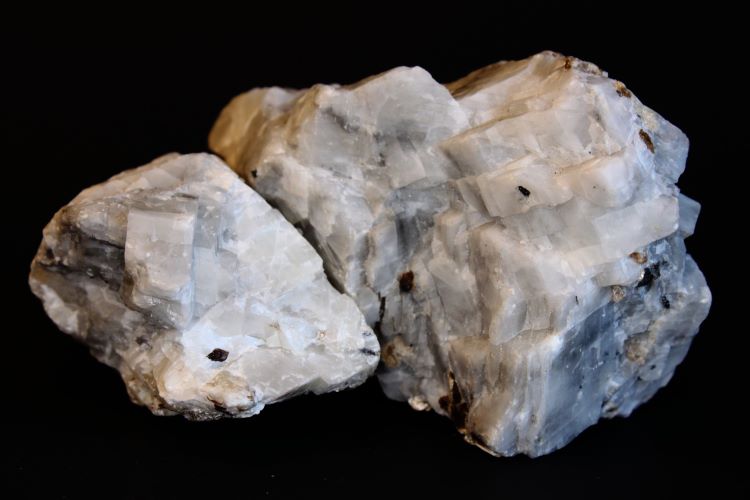
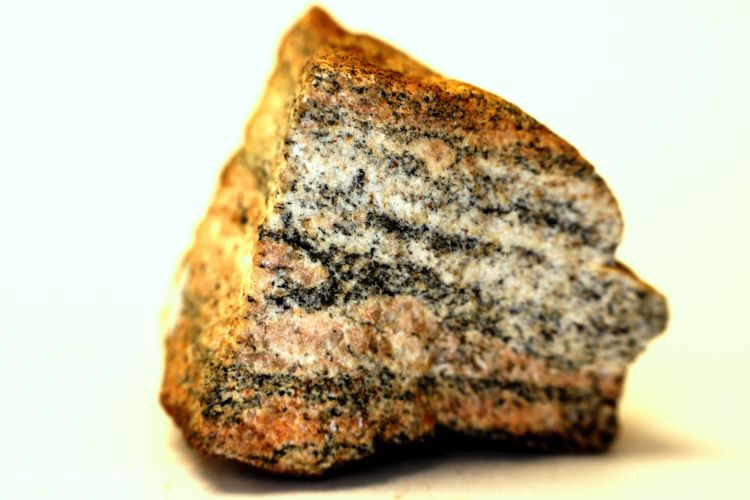
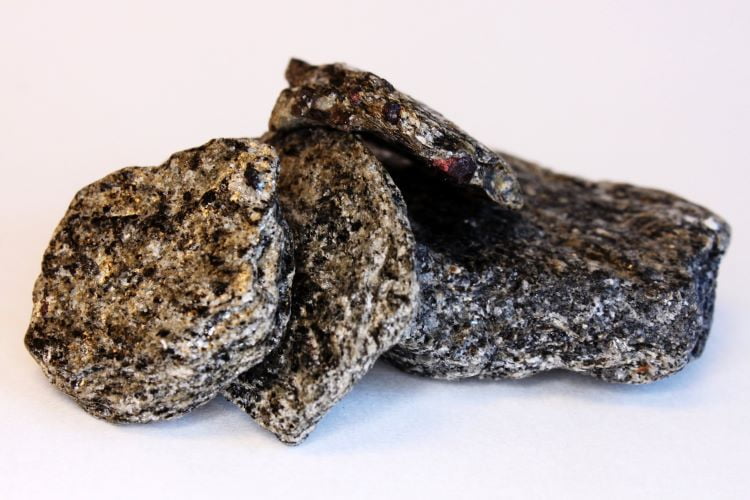
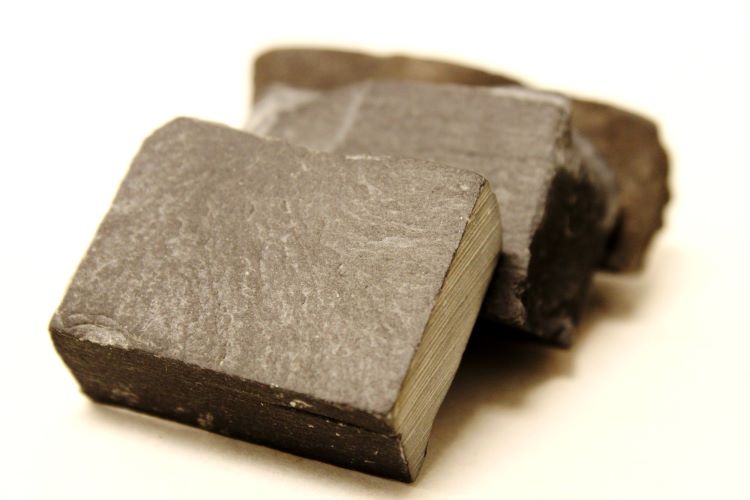
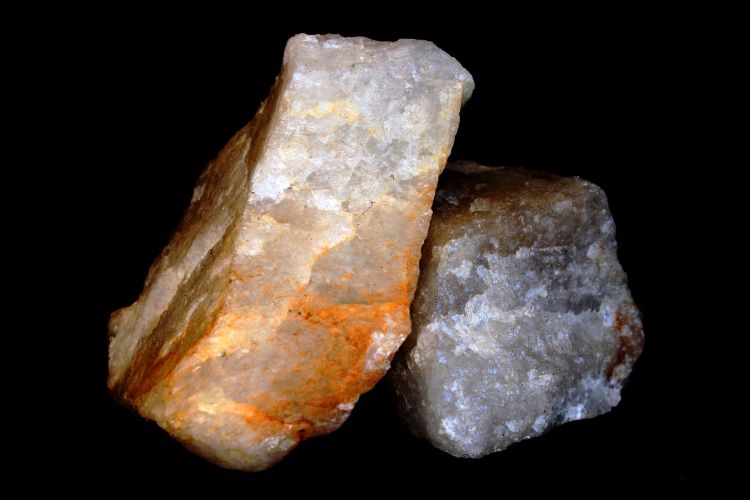
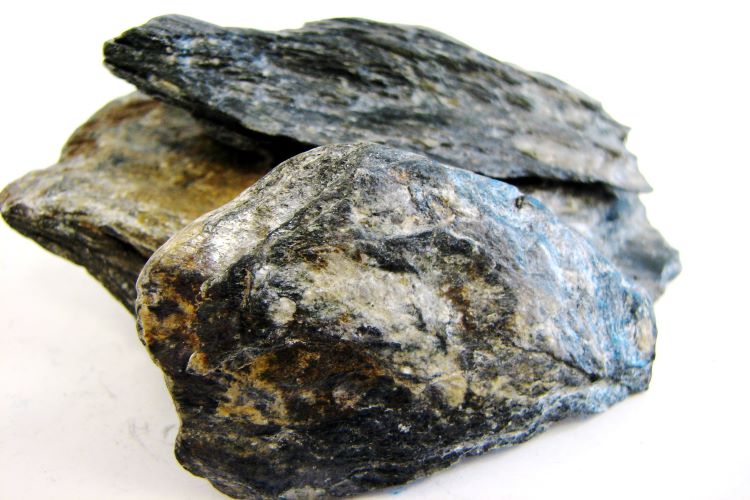
Physical Classification of Rocks
Based on the physical structure of the rocks, they are classified as follows:
Stratified Rocks
- Stratified rocks are made up of different layers. These layers are separated by the planes of stratification or cleavage planes. Stratified rocks can be easily split along these planes.
- Sedimentary rocks are stratified rocks and metamorphic rocks are either stratified or unstratified.
- Example – Sandstone, Limestone, Slate
Unstratified Rocks
- These rocks are not stratified. Hence they possess crystalline or compact granular structure.
- Unstratified rocks cannot be split in to thin sheets.
- Igneous rocks are unstratified rocks.
- Example – Granite, Trap, Marble.
Foliated Rocks
- Foliated rocks have a layered or band like structure which is due to the exposure of the rock to pressure and heat. These rocks have a tendency to split along one particular direction only. This direction may or may not be parallel to each other as in case of stratified rocks.
- Except Quartzite and Marble, most metamorphic rocks belong to this classification.
- Example – Gneiss, Schist, Shale.
Chemical Classification of Rocks
Based on the chemical composition of rocks, rocks are classified as siliceous rocks, argillaceous rocks and calcareous rocks.
Siliceous Rocks
- Silica is the principal constituent of these rocks.
- Siliceous rocks are very hard and are also durable. Thus, the weathering agents like water, wind, salts, etc., have negligible effect on siliceous rocks.
- Example – Granite, Sandstone, Quartzite, Gneiss, Basalt, Trap, Syenite, Chert.
Argillaceous rocks
- The word ‘argil’ means ‘clay’. Thus, the rocks whose principal constituent is clay (or alumina) are termed as argillaceous rocks.
- These stones are hard, dense, compact and durable but brittle in nature. These rocks cannot withstand shock.
- All clay stones are argillaceous.
- Example – Slate, Laterite, Kaolin, Shale.
Calcareous Rocks
- These rocks contain carbonates of lime (calcium carbonate) as the predominant constituent.
- Calcareous rocks are hard. But, the durability of these rocks depends upon the atmospheric constituents as they are react easily even with dilute hydrochloric acids.
- Example – Limestone, Marble, Kankar, Dolomite.


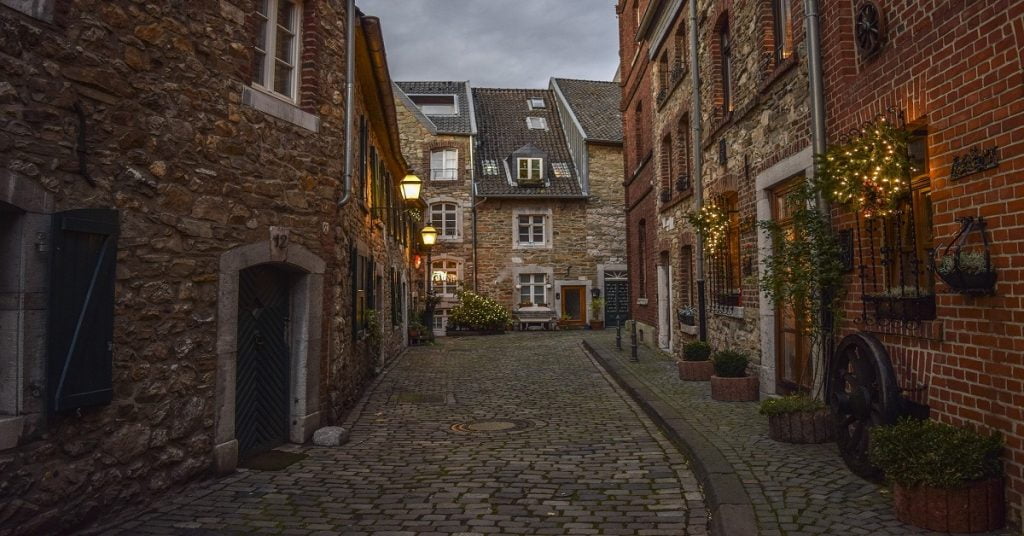


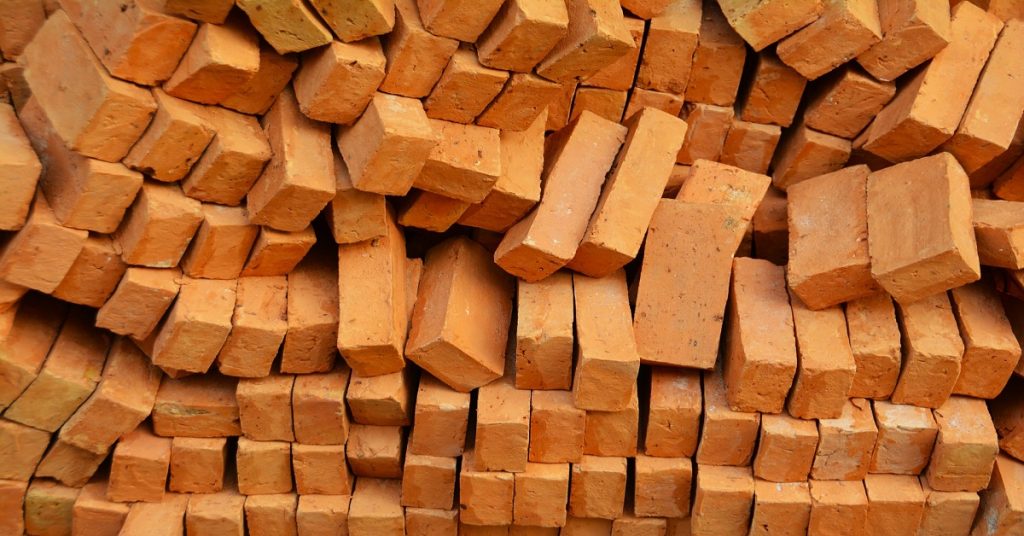
I’m not sure where you’re getting your info, but great topic.
I needs to spend some time learning more or understanding more.
Thanks for fantastic info I was looking for this information for my mission.
Hi Horacio,
Good to hear your appreciation. Hoping to meet your expectation in upcoming days too.
Hello! I’ve been following your blog for some time now and finally got the bravery to go ahead and give you a shout out from Dallas Texas!
Just wanted to say keep up the excellent job!
Thanks Denny. Your appreciation matters a lot. Hoping to see you satisfied in the upcoming days too.
I need to to thank you for this good read!! I absolutely enjoyed every bit of it.
I have you book marked to look at new stuff you post…
Thank you Pilar. It’s good to see you satisfied.
Howdy just wanted to give you a quick heads up and let you know a few of the pictures aren’t loading correctly.
I’m not sure why but I think its a linking issue.
I’ve tried it in two different internet browsers and both show the
same outcome.
Hi Deon, Thanks for letting us know regarding the issue. Will make sure it works fine.
You actually make it seem really easy together with
your presentation however I find this matter to be actually something which I believe
I’d never understand. It sort of feels too complicated
and extremely wide for me. I am looking forward in your next submit, I will attempt to get the hold of it!
Thanks Danilo. We too expect to see you frequently in upcoming days.
I don’t even know how I ended up here, but I thought
this post was good. I do not know who you are but definitely you are going to a famous blogger if you are
not already 😉 Cheers!
Hi Karine, Thanks for taking time to appreciate. Hoping to amaze you with good contents in upcoming days.
Numerous thanks for telling!. Truth is typically the most effective vindication against slander. by Abraham Lincoln..
I besides believe therefore , perfectly composed post!
Glad to hear appreciation
I dugg some of you post as I thought they were extremely beneficial invaluable
Thank youu
Hi. Thank you for generating this web site . I m working on betting online niche and have located this internet site employing search on bing . Is going to be sure to appear more of your content material . Gracias , see ya. :S
Hey! Great stuff, please keep us posted when you post something like that!
Definitely. Subscribe to our newsletter to get notified as soon as we post
I believe this web web site contains very superb composed articles posts.
Thank you
Merely a smiling visitor here to share the adore (:, btw outstanding style . “Audacity, much more audacity and always audacity.” by Georges Jacques Danton.
Thanks a lot Chee Ting. Hoping to meet your expectations in upcoming days too
A genuinely intriguing examine, I may possibly not concur entirely, but you do make some really valid points.
Thank you
I extremely delighted to find this web website on bing, just what I was searching for : D besides saved to bookmarks.
Good to hear that our writing served your purpose
Some genuinely rattling work on behalf with the owner of this website, utterly excellent content material material.
Glad to hear appreciation
Hello! I merely would like to give a huge thumbs up for the fantastic info youve here on this post. I may well be coming back to your weblog for far more soon.
Thanks for the appreciation. Hoping to see you frequently in upcoming days
IE nonetheless is the market chief and a huge component to other folks will pass over your fantastic writing due to this problem.
I like this site quite a lot, Its a actually good situation to read and get info.
Glad to hear appreciation. Hoping to see you frequently
Hi. Cool post. Theres an issue along with your web site in firefox, and you might want to check this The browser may be the market chief and a excellent section of individuals will pass more than your great writing because of this dilemma.
Could you say about the issue you were facing? If possible could you kindly mail us the issue. This will be much helpful. Thanks in advance
I discovered your blog internet site internet site on the internet and appearance some of your early posts. Continue to keep within the wonderful operate. I just now additional increase your Rss to my MSN News Reader. Seeking toward reading far much more from you locating out at a later date!
Thanks for the appreciation. Will make sure that you enjoy our upcoming blogs too.
I actually like reading by means of and I feel this site got some genuinely utilitarian stuff on it!
Thank you for the acknowledgement. Will bring up more content in upcoming days. Keep supporting.